4 frameworks to train your coworkers to think like product people
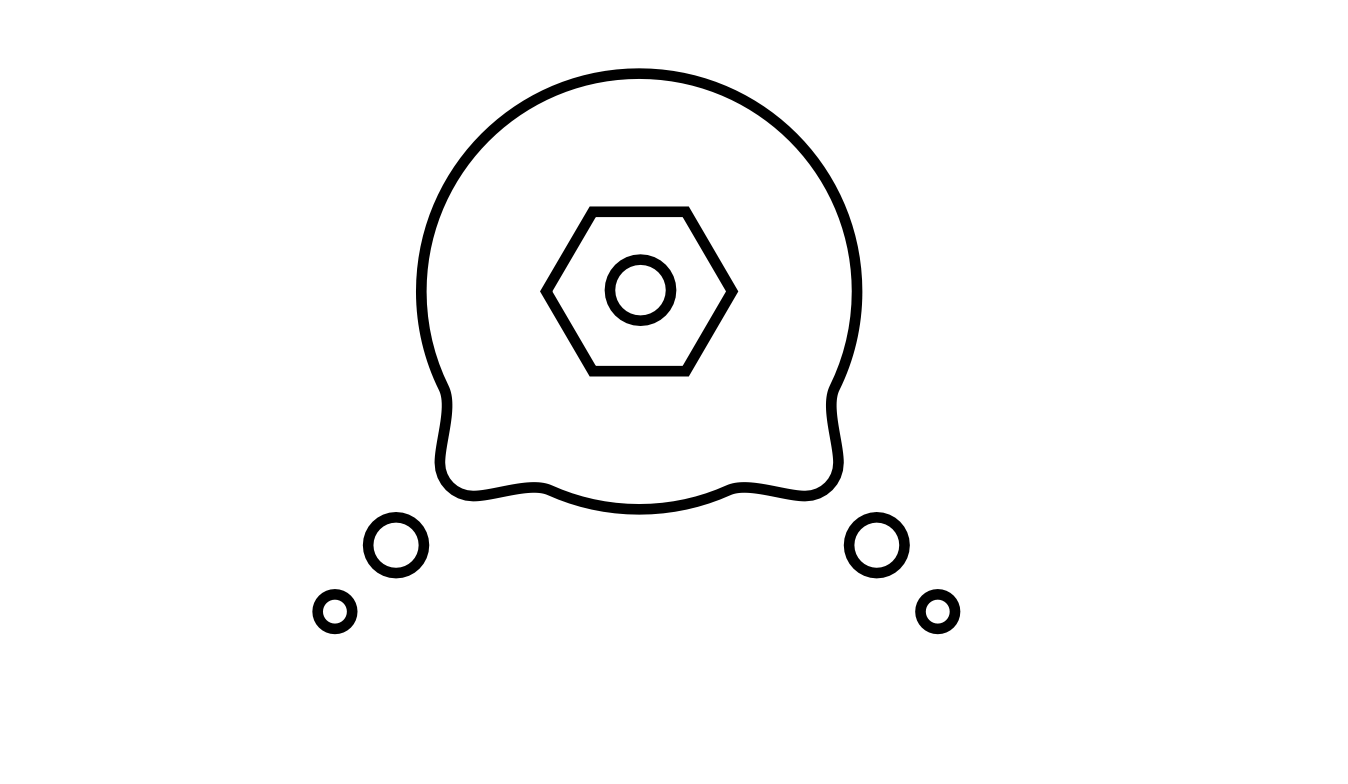
A special thanks to Dean Peters for collaborating with us on this project!
Meet the Dangerous Animals of Product Management — stakeholders and situations that can get in the way of your product plans if left untamed.
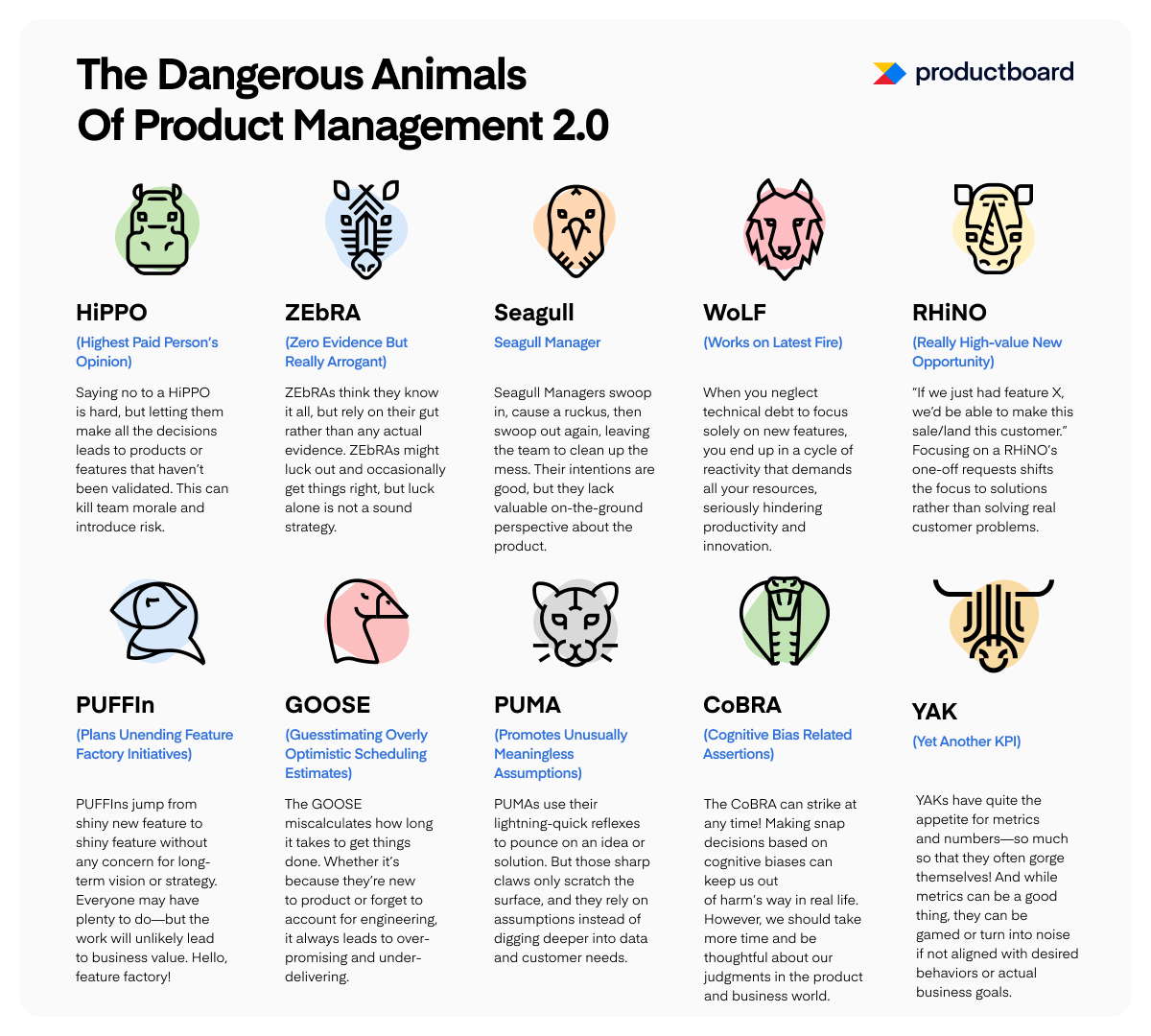
As a product manager, it’s your job to drive the product in the right direction. And while empathy, evidence, and experiments go a long way in controlling the occasional Dangerous Animal rampage, the best long-term strategy is to help them think more like product managers. When executives, salespeople, and other stakeholders have a clear understanding of how your team assesses and prioritizes new ideas, they may begin to evaluate their own thoughts before suggesting them to you.
To train the Dangerous Animals in your life, invite them to take part in short sessions where you use some simple processes to evaluate new ideas as a team. The following four frameworks all give structure to conversations about feature requests and facilitate objective decision-making based on clear prioritization criteria.
The Story Mapping framework
Looking at the world from the perspective of your users and the outcomes they want and need can often clarify what your product should be. The key is for everyone at your business to develop a shared understanding of what those needs and pain points actually are.
Story mapping is the process of externalizing this thinking, usually with a blank wall and a lot of post-it notes, but now often using virtual whiteboarding tools like Miro. Having this shared view of what you’re trying to achieve gets everyone on the same page and makes it easier to integrate and refine ideas from a range of stakeholders.
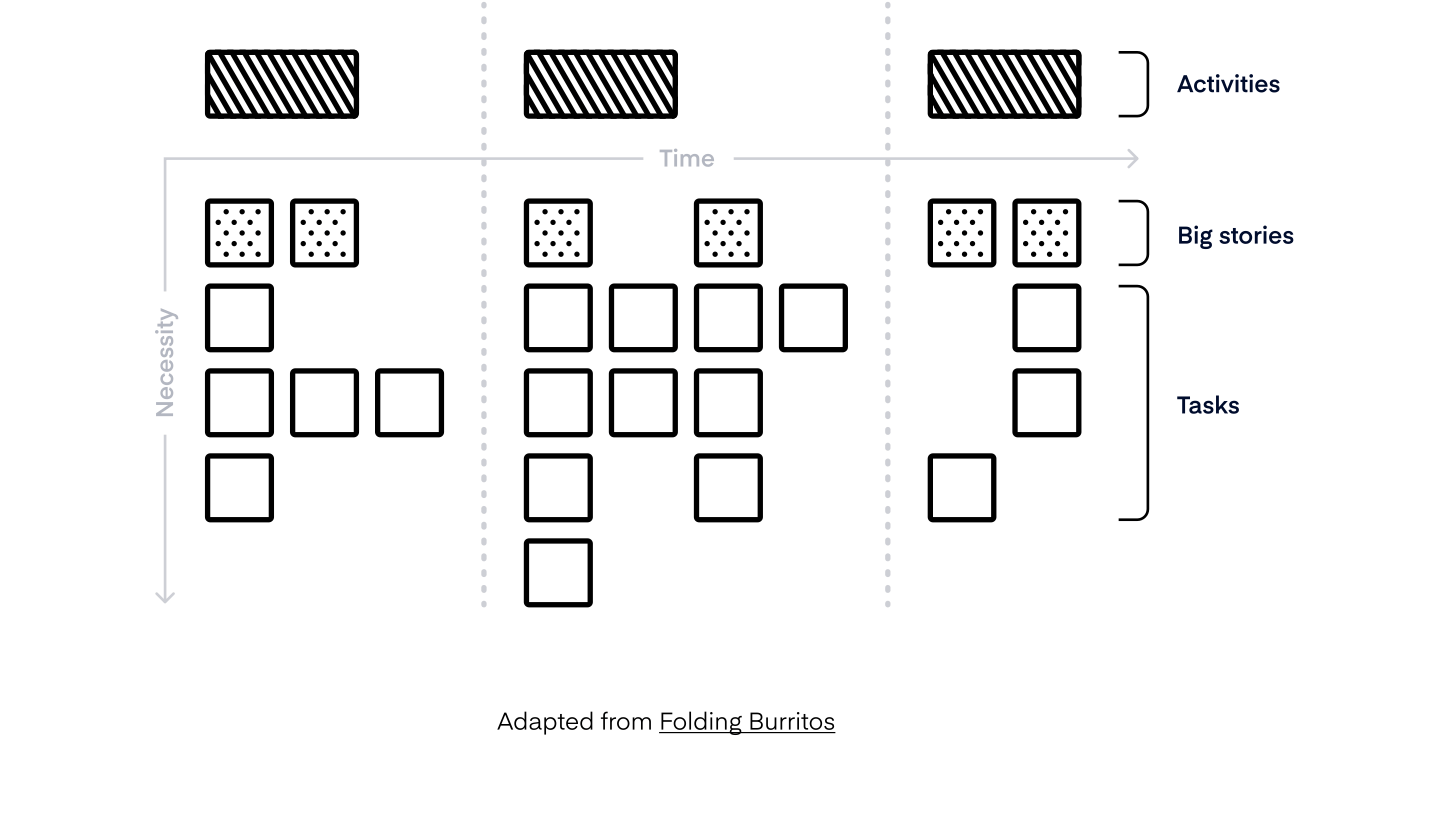
The Cynefin framework
(Not familiar with Cynefin? This framework helps with decision-making; the word itself is Welsh for “habitat”.)
Whether you’re trying to solve a problem or integrate new ideas, it’s not always easy to know what needs to be done. Sometimes things can be confusing and your next step is unclear. Other times, they can feel too complex to know where to begin.
Cynefin is an exercise that helps bring clarity to these situations by categorizing where you currently stand, from Clear to Confusion and Complex to Chaos. Once you establish your category, the process defines what types of action to take next, which is especially useful in more difficult scenarios.
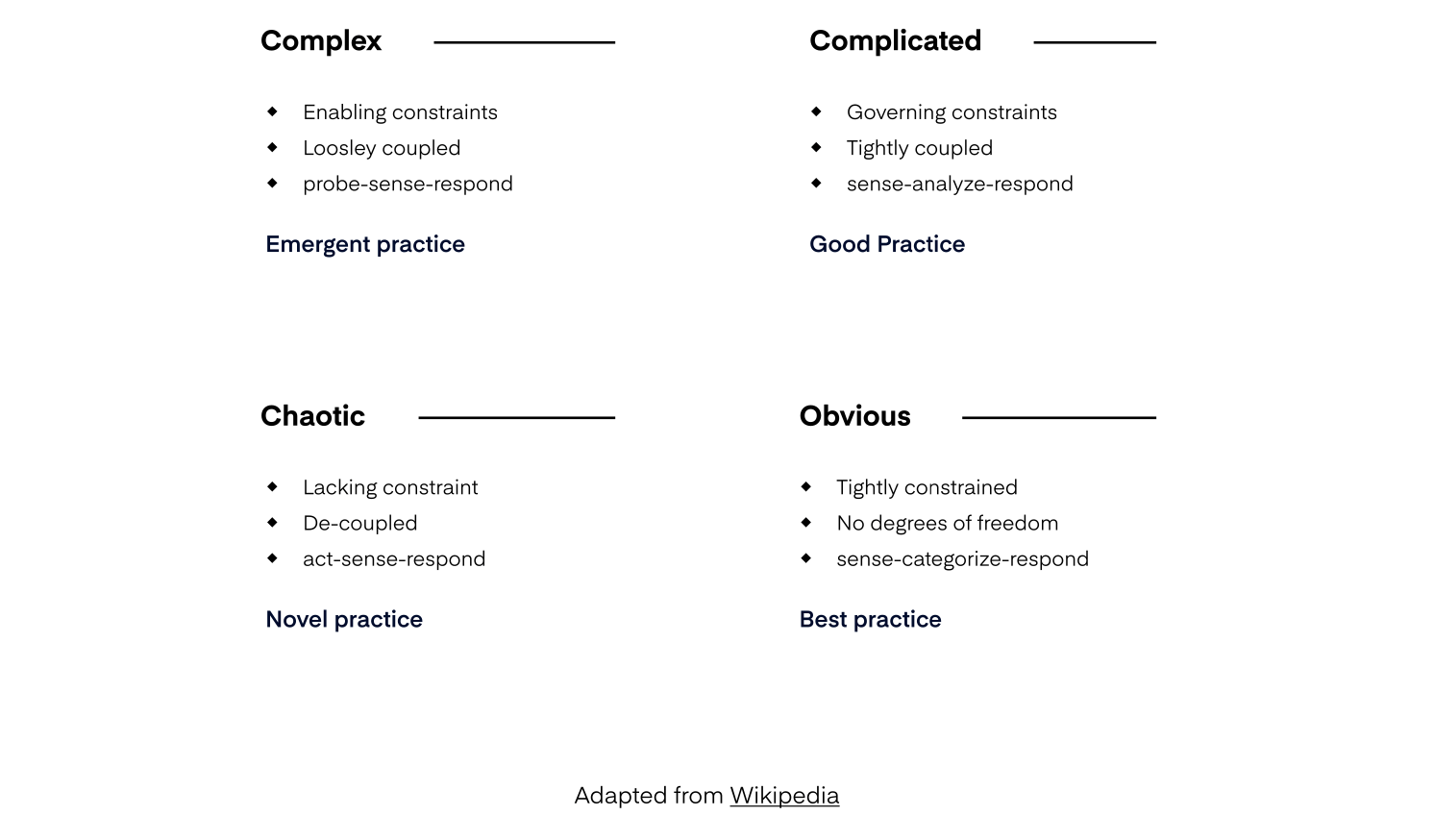
The IDEA/E framework
Standardized scoring systems can bring more rigor to decision-making and reduce the possibility of bruised egos when ideas are refined or rejected. The simpler the system, the better. IDEA/E can work by just answering YES or NO to five questions:
- IMPACT: How does this issue affect customers?
- DISSATISFACTION: Is it a big deal rather than just a minor annoyance?
- EVIDENCE Does the data show that it impacts a lot of our customers?
- ADVANTAGE: Will a solution benefit us?
- EFFORT: Can we achieve this quickly?
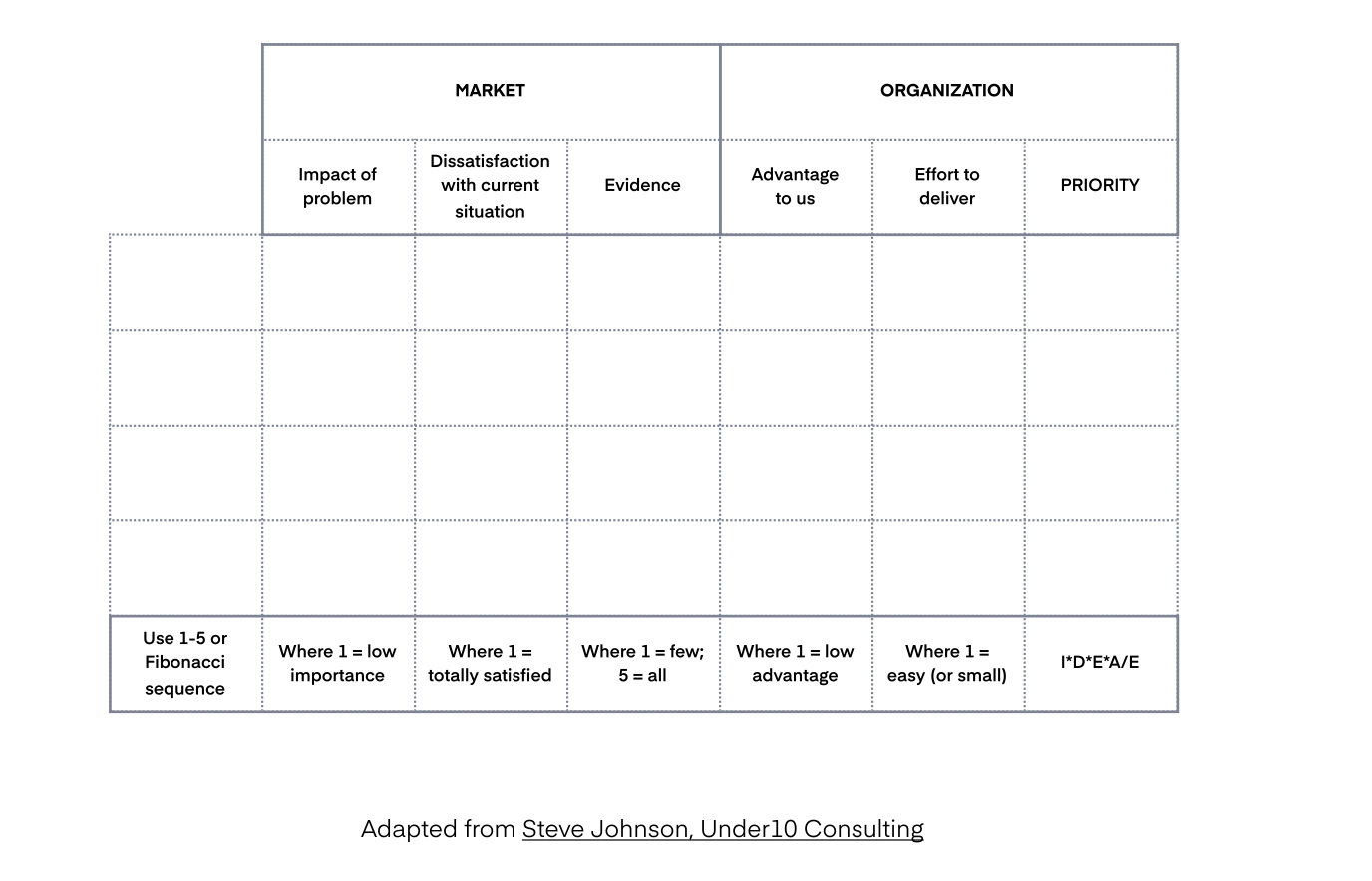
The Buy-a-Feature framework
It’s often useful to remind product stakeholders of the very real trade-off between chasing opportunities and managing resources. Buy-a-Feature is a fun and effective way to tease out the true value of competing ideas.
The game involves putting a price on each potential feature, then giving each stakeholder a set budget to purchase their favorites. Pooling their money helps them afford more expensive features but requires negotiation and compromise over how to optimize their limited resources so everyone gets what they need.
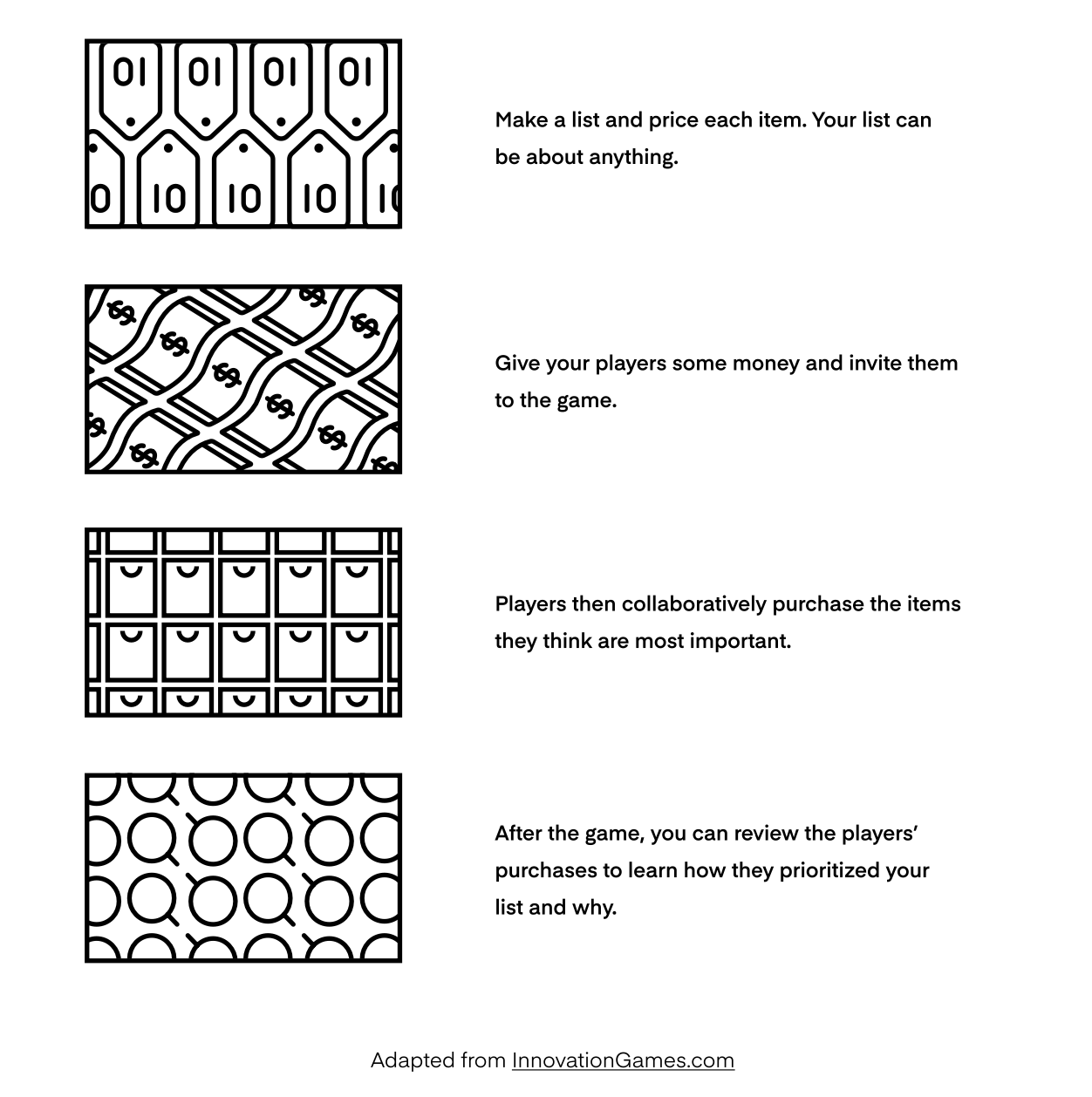
If you found these frameworks helpful, there’s so much more to discover in the zoo of Dangerous Animals of Product Management.




